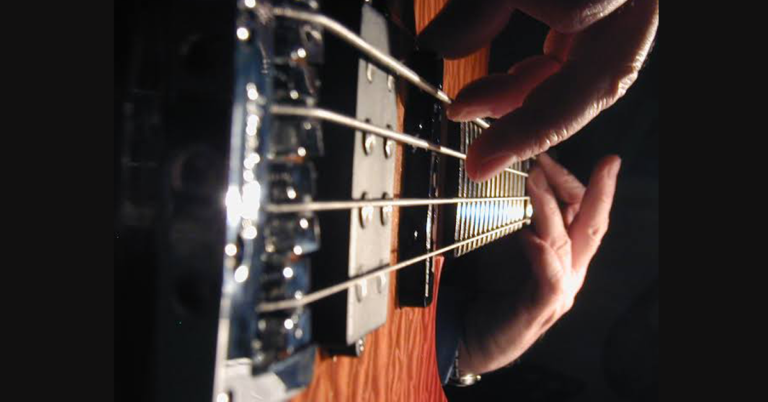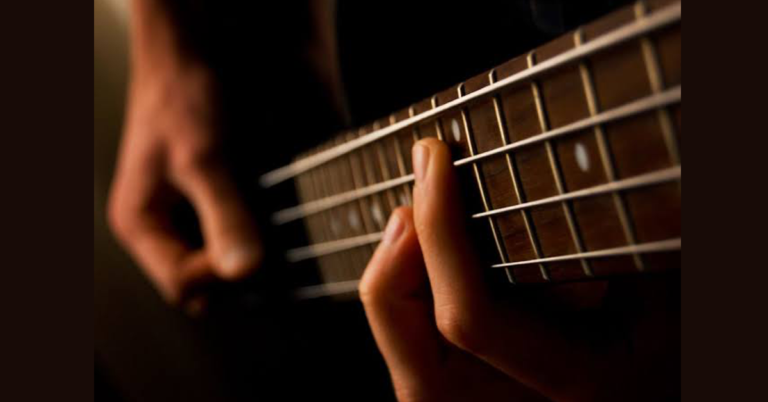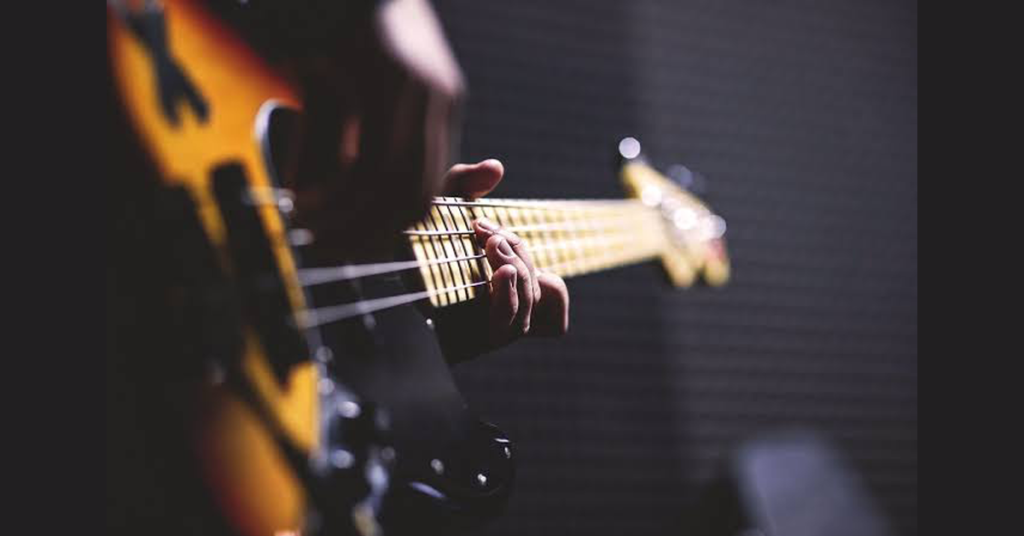The bass guitar has a very special position, which is often described as the heartbeat of any band. Certainly, in music, it adds depth, rhythm and cohesion in a variety of styles. Moreover, its low resonances add to the sound. In order to discover the soul stirring essence of the bass guitar, let’s go on a musical journey.
This magnificent instrument is the rhythmic backbone of all ensembles. Indeed, its constant pulse, like a musical metronome, serves as the starting point for melody and harmony to flourish. In particular, the bass guitar is the driving force behind a tempo, whether in rock, jazz, funk or blues. Moreover, it guides both musicians and listeners through the musical landscape of any song.

Bridging the gap between rhythm and melody, the bass guitar operates in a more subtle realm. However, like the acoustic guitar, it is often spotlighted for its soaring solos and intricate melodies. Its seamless integration with the drums is an integral part of the rhythmic section. Impressively, this creates a friction that encourages body motion and soul movement.
Furthermore, the bass guitar, despite its modest role, has a remarkable range of sounds. In particular, its sonic palette knows no bounds. From the thunderous sound of the funk slap bass to the smooth tones of the fretless bass, the bass guitar is just unique. A wide spectrum of timbres, which can be interpreted in a variety of emotions, is produced by each string’s pluck.

- Body Design: Interestingly, bass guitars come in a variety of body shapes, such as precision, jazz, or modern styles. Impressively, each design offers a unique aesthetic and ergonomics.
- Scale Length: The scale length is the length of a vibrating string on the neck, which influences the instrument’s sound and performance.
- Number of Strings: Traditional bass guitars have four strings. However, wide basses with 5, 6, or even more string are giving rise to a wider range of tone and sound possibilities.
- Pickups: The bass guitar typically has one or more pickups. In particular, it picks up the vibrations of the strings and translates them to an electrical signal. Single coil and hum bucking, each with its specific tone characteristics, are typical types of pickups.
- Tone Control: Most bass guitars are equipped with tone controls, such as knobs or switches. Moreover, this allows players to adjust the bass, midrange, and treble frequencies to sculpt their desired sound.
- Bridge Design: The bass guitar’s bridge holds the strings in place, affecting the vibration and durability of the strings. In addition, standard bridges, bridge picks and bridge systems with adjustable saddles are the main types.
- Neck Construction: Most bass guitar neck may be made from a variety of materials, such as maple, mahogany or rosewood. Thus, they can have their fret board radiuses and profiles adapted to the particular playing style.
- Fret Board Material: The fretboard or fingerboard plays an important role in influencing the instrument’s feel, tone and durability. Particularly, it does this by means of materials such as maple, rosewood.
- Hardware: This includes components like tuning machines, strap buttons, and control knobs. Especially, these contribute to the bass guitar’s functionality, stability, and overall aesthetic appeal.
- Finish Options: Bass guitars are available in a wide range of finishes, from natural wood grains to vivid solid colors. Thus, the player can freely express his or her own style and preferences. The characteristics of this bass guitar are a collective contribution to its versatility, playability and sound. Therefore, it is an important instrument in the different kinds of music that exist.

Finally, the bass guitar exemplifies the power of simplicity, beauty of subtlety and an undeniable lust for rhythm. Indeed, it’s deep, resonant sounds echo across genres and generations. It forms a sonic tapestry that unites musicians and listeners in the shared experience of pleasure, emotion or transcendence. So, take a moment to listen closely to the heartbeat of the bass guitar. Certainly, it may be the soul of the song, the next time you’re introduced to the music.

